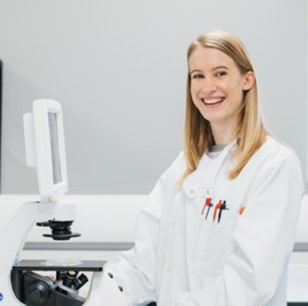Dr Sophie C. Cox
Supervisor Details
Research Interests
Sophie's research is focused on chemically and physically manipulating biomaterials with the aim of creating technologies that instruct tissue regeneration or overcome clinical challenges. She pursues a multidisciplinary approach to medical device innovation with expertise in chemical synthesis, advanced manufacturing, and formulation engineering. Through working closely with healthcare professionals and industry, Sophie strives to drive our research towards application.
Our translational activities are underpinned by fundamental understanding of disease progression and natural regenerative processes. Employing a multi-modality approach to analyse the physicochemical properties of target tissues enables her team to better recapitulate key performance requirements.
Key current areas of research that Sophie leads, include:
- Additive manufacture of customised metallic implants
- Modification of medical devices to reduce infection risks
- Structuring biomaterials to controllably deliver novel therapeutics
- Manufacture, characterisation and use of cell-derived nanoparticles for musculoskeletal regeneration
- Multi-modality analysis of the bone – cartilage interface, including dynamic mechanical analysis and micro-computed tomography
Research Groups
MIBTP Project Details
Previous Projects (2024-25)
Primary supervisor for:
Previous Projects (2023-24)
Primary supervisor for:
